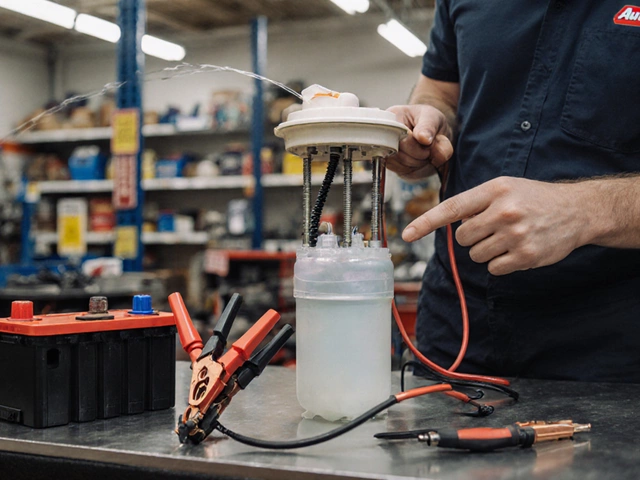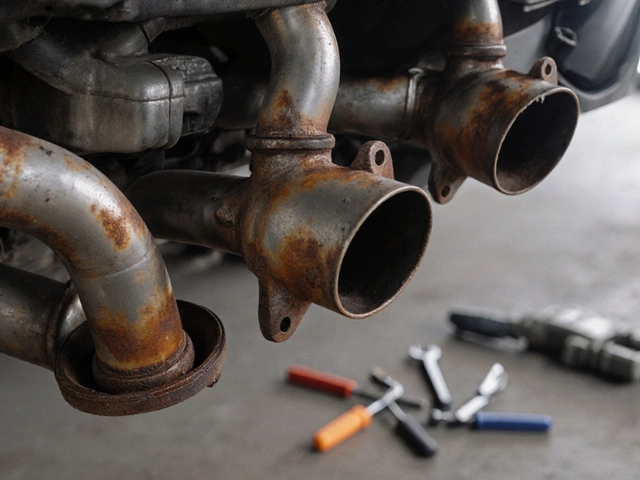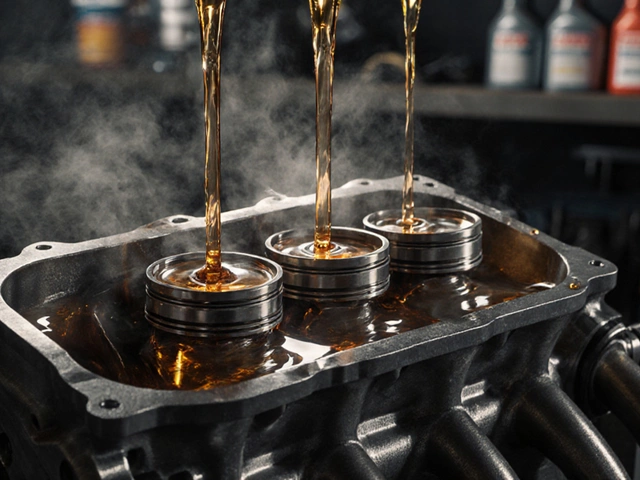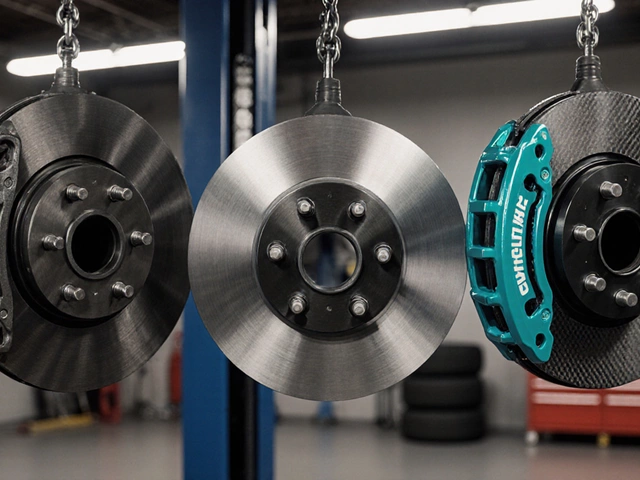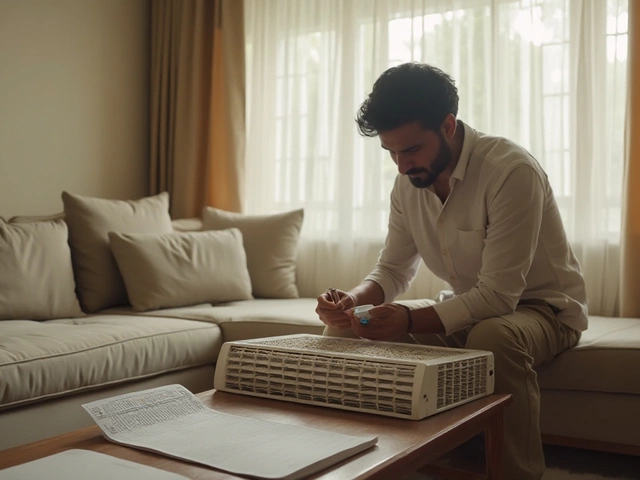AutoZone Fuel Pump Test: How to Diagnose and Fix Fuel Pump Issues
When your car cranks but won’t start, and you’ve checked the battery and spark plugs, the fuel pump, a critical component that delivers gasoline from the tank to the engine. Also known as fuel delivery pump, it’s one of the most common reasons a car suddenly refuses to turn on. Many drivers assume it’s the battery or ignition, but a failing fuel pump often shows up quietly—no warning lights, no smoke, just silence when you turn the key.
That’s where an AutoZone fuel pump test, a simple diagnostic process using tools available at AutoZone stores. Also known as fuel pressure test, it helps confirm if the pump is delivering enough pressure to start the engine. AutoZone sells fuel pressure gauges and test kits that let you hook up and measure output without pulling the tank. Most pumps should deliver between 45 and 65 psi, depending on your car. If it’s below 30 psi, the pump is weak or dead. You can also listen for the pump’s hum when you turn the key to ‘on’—no sound? That’s a red flag.
It’s not just about pressure. A bad pump can make a whining noise, cause stalling at high speeds, or lead to hard starts after the car’s been sitting. These aren’t random glitches—they’re symptoms of a pump losing its ability to keep up. And if you ignore them, you risk stranding yourself or damaging the fuel injectors from running lean.
People often think replacing a fuel pump is a major job—and it can be. But knowing how to test it first saves you from buying a new one unnecessarily. AutoZone’s free diagnostic service lets you plug in an OBD2 scanner to check for fuel system codes, which can point directly to the pump or its relay. Many times, it’s not the pump at all—it’s the fuse, the relay, or a clogged filter. That’s why testing comes before spending.
Once you’ve confirmed the pump is the issue, you’ve got options: OEM, aftermarket, or remanufactured. Prices vary, but a good aftermarket pump from AutoZone can cost under $200. Labor? If you’re doing it yourself, plan for 3 to 5 hours depending on your car. Some models require dropping the tank; others have an access panel under the back seat. Either way, knowing how to test it first means you won’t waste time or money chasing the wrong problem.
And while you’re at it, don’t forget the fuel filter. A clogged filter can mimic a weak pump. Most mechanics recommend replacing the filter every 40,000 miles—it’s cheap insurance. If you’re testing the pump, swap the filter too. It’s one less thing to worry about later.
Driving with a failing fuel pump isn’t just inconvenient—it’s dangerous. Your car might sputter on the highway, lose power climbing a hill, or die in traffic. The fuel system, the network of lines, filters, and injectors that deliver fuel to the engine. Also known as fuel delivery system, it’s not something you want to gamble with. A full failure means no fuel, no engine, no movement. That’s why testing early matters.
Below, you’ll find real-world guides on how to test your fuel pump, signs you’re dealing with a dead one, how long replacements take, and what they cost. No theory. No fluff. Just what works for real drivers.
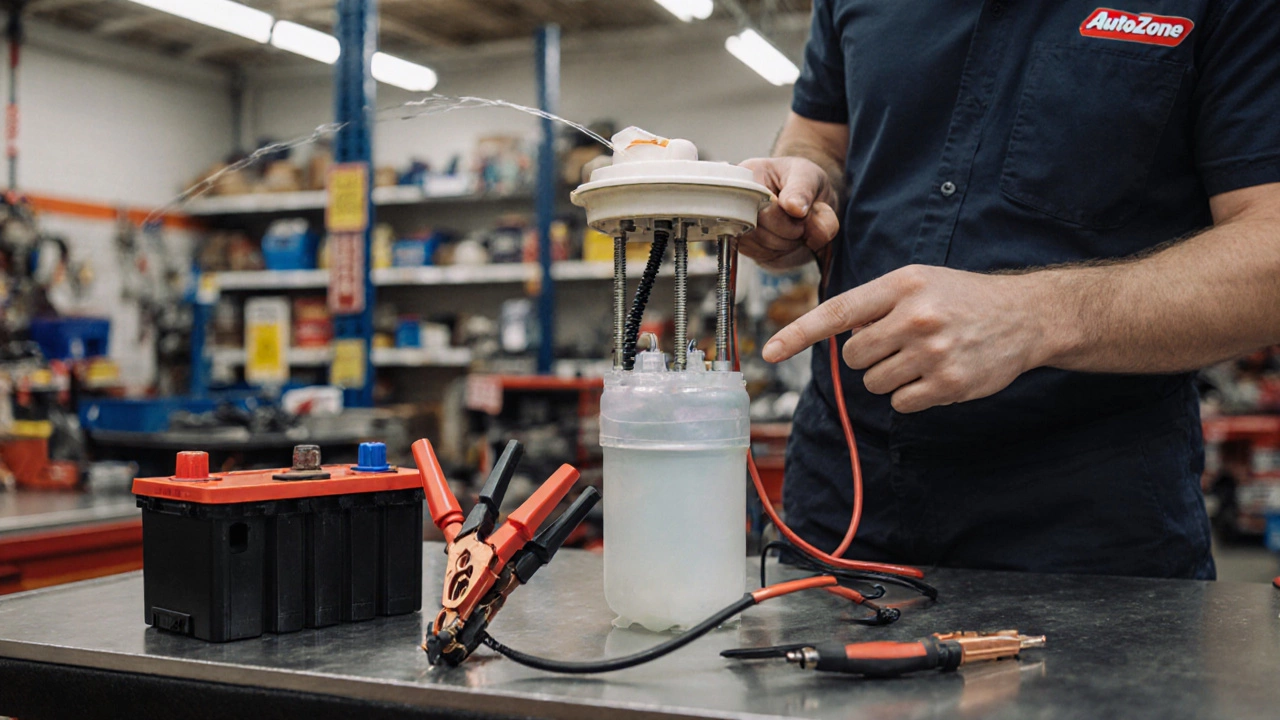
Can AutoZone Test a Fuel Pump? Here's What They Actually Do
AutoZone can test a fuel pump if you bring it in-here’s how they do it, what they can’t do, and how to tell if your pump is really bad. Save time and money with the right steps.
CONTINUE READING